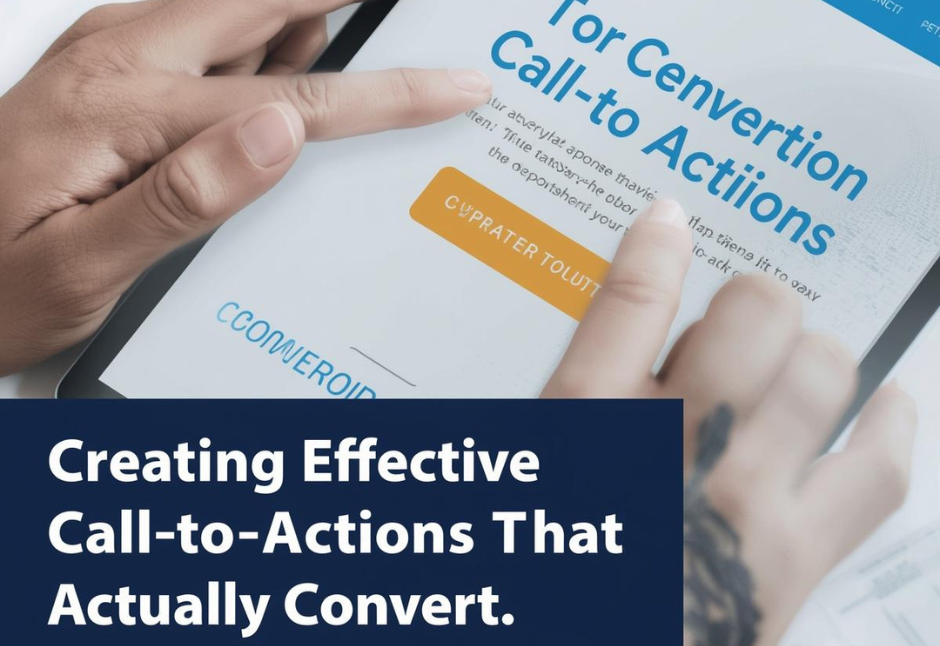Web design used to be a simple process. Pick a colour scheme, choose a font, add some flair, and voilà! Now, having a visually appealing website is irrelevant if the user finds it difficult to navigate. In fact, it can even push the user away from your brand. This is where accessibility comes into play, and it is changing the way digital marketing teams create and manage websites. Accessibility is no longer an option; it is an essential part of how consumers see your brand and ultimately decide to engage or disengage.

Websites should be made for both human visitors and AI systems. However, these two visitors have different ways of browsing a website. Human visitors scroll through the screen, are distracted by video clips and ads, and may or may not have the patience to wait for a large image to load before reading the content below it. In contrast, AI systems don’t “scroll” through a website in the same way. They are not looking for eye-catching videos or engaging images.

These days, even folks who don’t have one “techy” bone in their body are now creating full-fledged websites over a cup of coffee. And no, they didn’t become overnight developers. They’re just using no-code tools that enable their users to build, finetune, and launch websites sans coding. While some might say it’s a little too easy, this shift has been developing for many years. This year is simply the point when it went from a “niche helpful tool” to a “must-have” for businesses. As a business, no-code is not something you should sit back and watch as a spectator.

You’ve built a beautiful website. Traffic is coming in. People are reading your content, scrolling through your pages, and maybe even nodding along with what you’re saying. But then they leave. Just like that. Gone. Does this sound familiar? Here’s the thing – having a beautiful website means absolutely nothing if visitors don’t take action. That is where most businesses totally miss the point. They spend thousands on web design (often working with professional teams like ours at Slinky Web Design) but then treat their call-to-actions like an afterthought. It’s comparable to buying a Ferrari and forgetting to put petrol in it. Let’s fix that.

Needless to say, it’s highly undesirable to mess up your medical practice website. Patients are finding you online before ever calling, and if your website is down or not working correctly, they will move on to the next clinic right away. They are already focusing on the next clinic. Designing a medical website is not the same as developing one for a café or clothing store. Medical websites must perform more functions because they directly impact people’s health, trust, and lives in numerous instances. What are the key elements that contribute to the effectiveness of a medical practice website? Let’s dig in.








